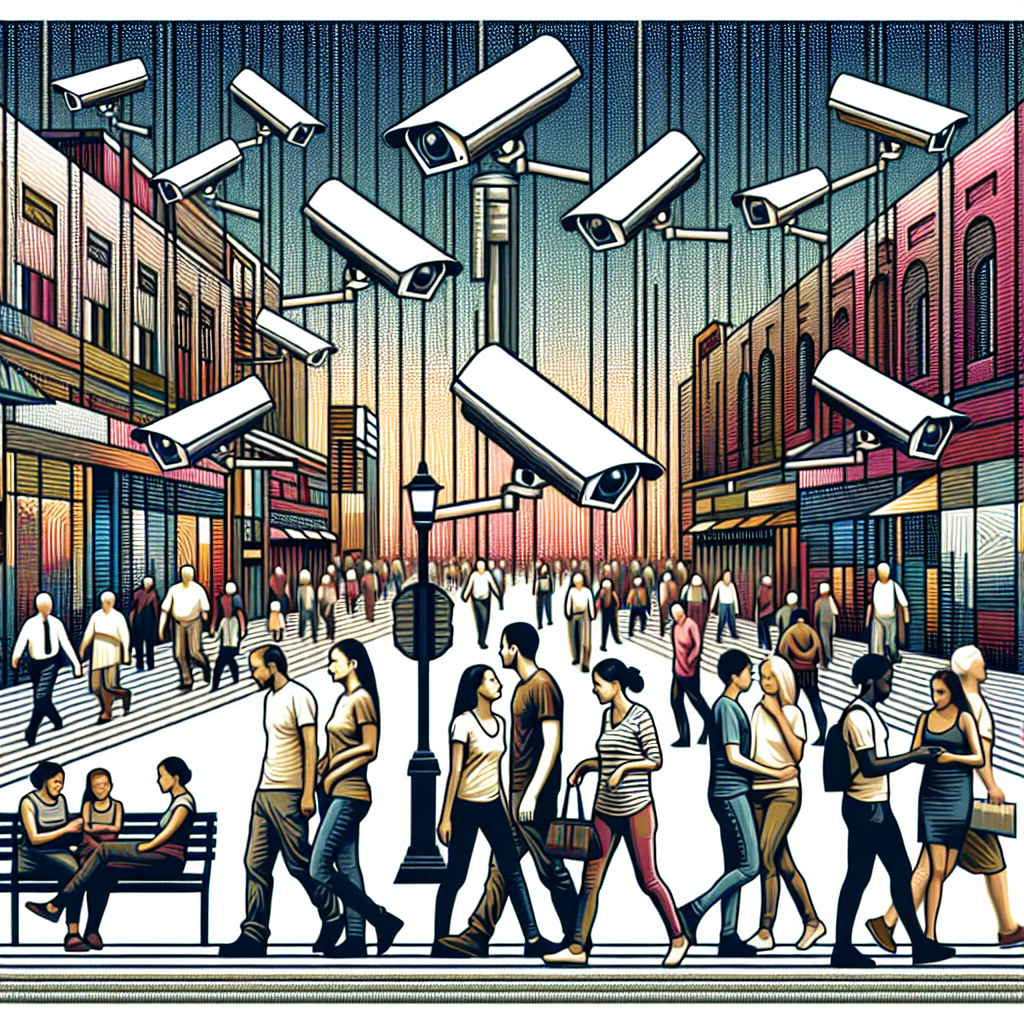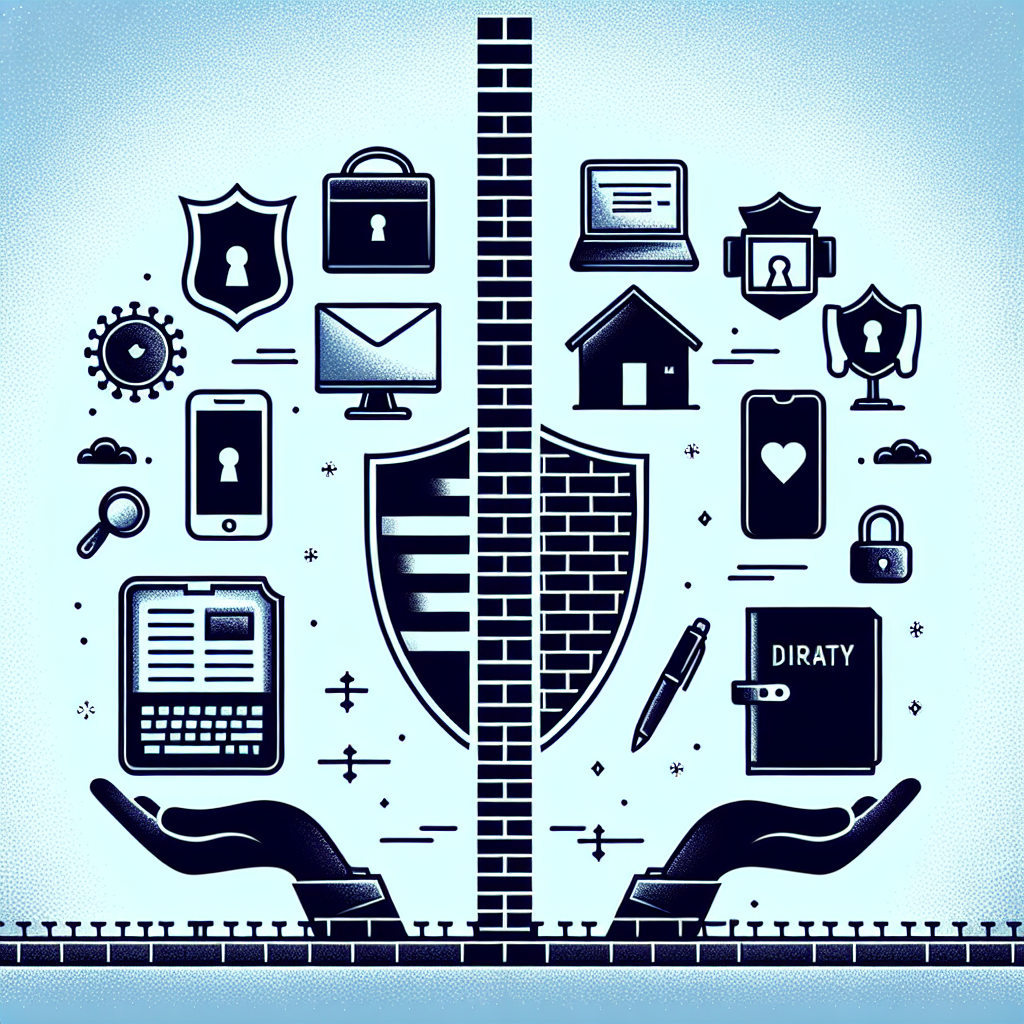The Reality of Big Brother: Understanding Government Monitoring
The Concept of “Big Brother”
The term “Big Brother,” popularized by George Orwell’s dystopian novel “1984,” represents a government or institution that watches over its citizens, often in a surveillance state characterized by an omnipresent entity monitoring behavior and actions. In contemporary society, this concept has evolved into a multifaceted reality, as governments worldwide implement various forms of surveillance technology purportedly to enhance security and maintain order.
The Evolution of Surveillance Technology
Surveillance practices are not new; however, the technological advancements of the past couple of decades have dramatically reshaped the landscape. Early forms of monitoring might have included physical patrols or wiretaps, but the surge of digital technology has led to the proliferation of sophisticated systems. Cameras equipped with facial recognition software, drones, and data analytics tools have enabled governments to conduct large-scale monitoring in real-time, raising concerns about civil liberties and privacy.
Digital Surveillance
Digital surveillance encompasses the collection and analysis of online activities. Governments can now track individuals through social media, search engine queries, and online purchasing behavior. This data is invaluable for identifying potential threats, yet critics argue it often leads to unwarranted intrusions into personal lives. The algorithm-driven nature of modern surveillance frameworks means that citizens can be flagged as suspicious based on patterns of behavior or affiliations rather than concrete evidence.
Mass Data Collection
A core element of government monitoring is mass data collection, where vast amounts of information are gathered on a wide array of citizens. Programs like the USA PATRIOT Act and similar initiatives in other countries have expanded the scope under which personal data can be collated, often without adequate oversight. By leveraging big data analytics, governments can derive insights regarding public sentiment, behavioral trends, and even predict potential criminal activities.
Legal Frameworks Supporting Surveillance
Laws governing surveillance are essential to balancing security and privacy. Many countries have established legal frameworks that outline the circumstances under which surveillance is permissible. For instance, the Foreign Intelligence Surveillance Act (FISA) in the United States allows for the monitoring of foreign communications, which often inadvertently collects data from U.S. citizens. Similarly, the General Data Protection Regulation (GDPR) in Europe represents an attempt to establish consumer protections amid escalating monitoring tactics.
Despite these regulations, the loopholes and ambiguities in legal texts often leave room for overreach. Critics argue that the legal frameworks are frequently exploited, undermining the very civil liberties they aim to protect.
The Role of Intelligent Systems
The integration of artificial intelligence (AI) into surveillance systems adds another layer of complexity. Machine learning algorithms analyze footage from cameras, scanning for unusual activity or behaviors, thereby facilitating preemptive policing. While the potential for AI in enhancing security is undeniable, ethical concerns arise regarding biases embedded in these algorithms, which can disproportionately target marginalized communities and lead to disproportionate law enforcement actions.
Facial Recognition Technology
Facial recognition technology (FRT) has gained traction as a powerful tool for government monitoring. While FRT can enhance security by identifying potential criminals, its accuracy depends on algorithmic training datasets, which can harbor biases. Instances have been recorded where FRT misidentifies individuals, leading to wrongful arrests and eroded public trust in law enforcement. With various cities and countries instituting bans on the technology, the debate continues on its efficacy versus its potential for abuse.
Public Sentiment and Acceptance
Public opinion on government monitoring is mixed. Many citizens express concerns over privacy erosion, while others support surveillance measures for safety reasons. The aftermath of events like the September 11 attacks prompted a surge in acceptable surveillance, wherein many individuals prioritized perceived security over individual privacy rights. However, as awareness of surveillance practices increases—especially through investigative journalism and documentaries—there is a burgeoning push for transparency and accountability in government monitoring.
Activism and Counter-Surveillance
In response to rising concerns, a counter-movement has emerged, advocating for stronger privacy rights and reduced government oversight. Organizations such as the Electronic Frontier Foundation (EFF) and Privacy International raise awareness and champion reforms regarding surveillance laws. Additionally, many tech-savvy individuals adopt counter-surveillance measures, using encryption tools or Virtual Private Networks (VPNs) to protect their digital footprints. The rise of privacy-centric technologies indicates a growing consciousness regarding one’s online presence and data ownership.
Global Perspectives on Surveillance
The implementation and acceptance of surveillance systems vary widely worldwide. In authoritarian regimes, extensive surveillance accompanies repression and human rights violations. Conversely, democratic nations struggle to maintain a balance between effective monitoring for security and upholding fundamental freedoms. Countries like China have pioneered a robust state surveillance system that employs social credit scores, utilizing data to monitor citizen behavior comprehensively. This implementation invites contention as it stifles dissent and undermines individual freedoms.
The Future of Government Monitoring
Looking ahead, the trajectory of government monitoring and surveillance technology remains uncertain. As technology advances, so will the capabilities for monitoring. The integration of 5G networks is expected to expand the Internet of Things (IoT), leading to increasingly interconnected devices that could serve as surveillance conduits. This evolution introduces profound ethical implications and necessitates ongoing discussions about the effectiveness and morality of such practices.
Ethical Considerations
As governments embrace advanced technologies, ethical considerations regarding consent, data ownership, and the potential for abuse must remain at the forefront of discussions. Chronicles of misuse highlight the need for robust ethical frameworks that govern the development and application of surveillance technologies. Addressing these ethical quandaries will require collaboration between technologists, policymakers, and civil society to build a future that honors both security and freedom.
Conclusion
The reality of Big Brother is far from fiction. Government monitoring has become an integrated aspect of modern life, prompting ongoing discussions about the balance between security and privacy. Understanding the implications of surveillance technology, legal frameworks, and public sentiment is crucial for navigating the complexities of government monitoring in today’s digital landscape. Consciousness of these regimes will define future interactions between citizens and governmental entities, paving the way for a world that upholds rights while ensuring safety.













Leave a Reply